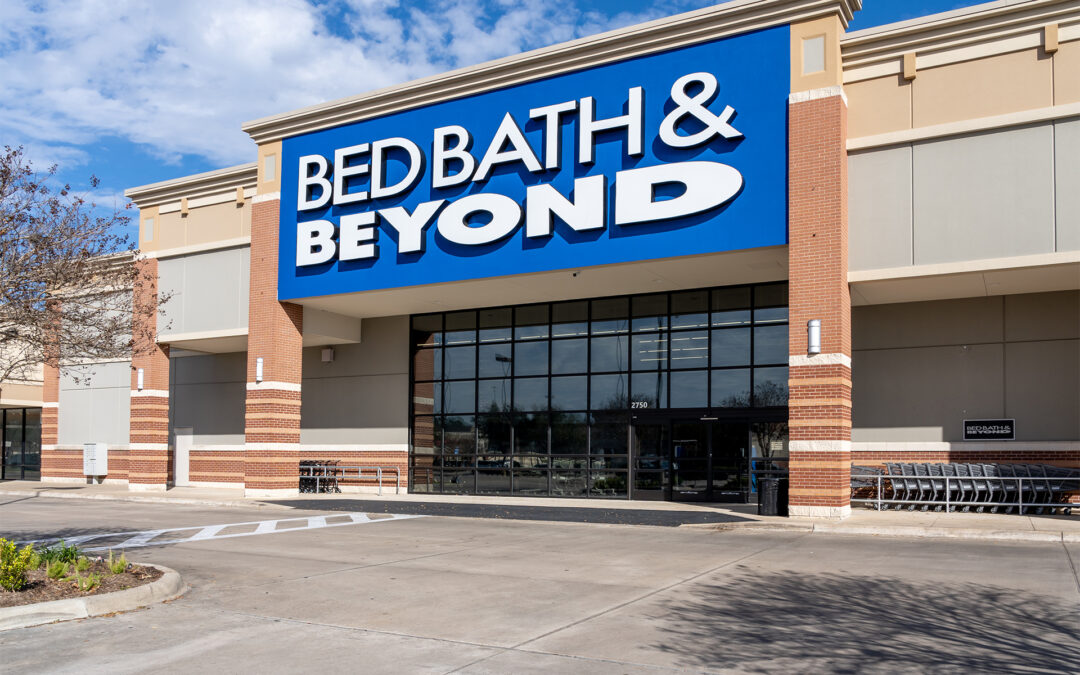In its 2025 Visions Report, Numerator noted that despite gains in disposable income and decreased inflation during 2024, consumers will most likely remain price-sensitive through 2025 but still find ways to spend on experiences and products that bring joy.
The market researcher identified and detailed four key themes that had an influence in 2024 and will have effects in 2025:
- Financial Standing. Consumer confidence is rising, and although middle- and high-income households have done well enough to drive economic recovery, low-income consumers only recently returned to mid-2021 spending levels. CPG growth among low-income consumers was at 3% for the latest 12 months ending November 20, 2024, compared to 6% and 14% for middle- and high-income demographics, respectively. General merchandise only saw growth with high-income households, up nine points, with sales declining for low-income households, down 2% and remaining flat for middle-income households. Consumers say they still are feeling pressure, with 39% saying their primary concern for the coming year is rising prices.
- Personal Health. Health-conscious consumers are expanding the wellness trend across more dimensions of their lives, even taking a greater interest in such segments as pet wellness and health-centric beauty products. Consumers who focus on healthy eating plan to prioritize tracking protein, at 39%, up six points year over year, and fiber, at 28%, up six points, in their diets more closely in 2025 than they did in 2024.
- Product Performance. In an increasingly complex consumer landscape, brands must be more creative and precise to satisfy shoppers. Top brands have attracted new shoppers while driving frequent repeat trips. On average, the top 100 fastest-growing brands of 2024, as identified by Numerator, increased household penetration by 2.5 points and buy rate by 7.6 points. Repeat trips drove growth, with winning brands increasing trips per household nearly five times faster than competitors. Today, Amazon’s infinite aisle makes it hard for brands to stand out on the platform. The top brands are making strategic choices about where they appear. Retailers with physical shelf space, notably mass retailers, Costco and health-oriented grocers such as Whole Foods, Trader Joe’s and Sprouts, have driven visibility and volume for those labels found in their assortments. Amazon is under-indexed for the top brands as consumers cannot easily discover or impulsively purchase new items when they do not know they exist.
- Brand Availability. In 2025, brand availability means meeting consumers wherever they are shopping. Consumers want more engaging, experiential shopping. Despite e-commerce’s dominance, brick-and-mortar retail has a chance to drive sales as consumer views around shopping are changing, with more saying they enjoy malls with many stores, at 43% in 2024 versus 34% in 2022, they view shopping as social, at 24% versus 17%, and they favor community-based stores, at 22% versus 15%.





